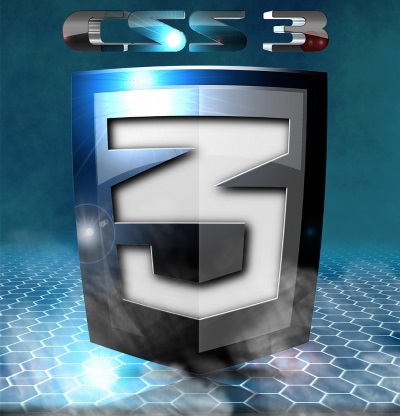Bootstrap serves as a steadfast anchor amidst the turbulence of web design trends. Although it endeavors to establish some semblance of standardization, it recognizes that change is the only constant in the digital realm. In Bootstrap 3.0, you can harness the power of classes such as “col-sm-,” “col-md-,” and “col-lg-*” to create versatile column layouts. With Bootstrap 3, the class “col-md-*” becomes your ally, helping you define the number of columns of width you desire for your web layout. In the world of web development, where change is the norm, Bootstrap’s commitment to maintaining some standards while adapting to shifting trends makes it an invaluable resource for developers.
Programming
Homestead – Laravel – Setup
Laravel Homestead is an official, pre-packaged Vagrant box that provides you a wonderful development environment without requiring you to install PHP, a web server, and any other server software on your local machine. No more worrying about messing up your operating system! Vagrant boxes are completely disposable. If something goes wrong, you can destroy and re-create the box in minutes! Homestead runs on any Windows, Mac, or Linux system, and includes the Nginx web server, PHP 7.3, PHP 7.2, PHP 7.1, MySQL, PostgreSQL, Redis, Memcached, Node, and all of the other goodies you need to develop amazing Laravel applications.
WordPress Plugin Comments
WordPress, the most popular content management system in the world, owes much of its flexibility and extensibility to the vibrant world of plugins and themes. When it comes to creating WordPress plugins, one of the most crucial aspects is documentation. But before you even dive into the code, you must craft those essential lines of code known as “WordPress Plugin Comments.” In this article, we’ll unravel the significance of these comments and explain how they pave the way for seamless plugin development.
Top Three JavaScript Frameworks in 2020
JavaScript frameworks have become indispensable in modern web development due to their versatility and efficiency. With JavaScript’s ability to integrate seamlessly with any platform, it has emerged as the common language for building web applications. Understanding the top JS frameworks is essential for developers. This article delves into three popular options:
1. NodeJS: Designed for scalable network applications, Node utilizes asynchronous event-driven architecture to handle multiple connections concurrently.
2. Vue: A progressive framework for building single-page user interfaces, Vue offers simplicity, flexibility, and integration capabilities, making it a lightweight alternative to Angular.js.
3. Angular: A powerful open-source framework, Angular provides comprehensive options, including routing, HTTP requests handling, and two-way data binding. With a smoother learning curve and regular updates, Angular continues to evolve with improved performance and features like Build Optimizer and Router Hooks.
New in Bootstrap 4
Bootstrap 4 introduces significant changes and new features, making it a preferred choice for front-end development. Utilizing Sass over Less enhances compilation speed and developer efficiency. The inclusion of Libsass streamlines compilation processes. Notable additions include the versatile card component, replacing older components like panels and thumbnails, and revamped button styles with flat designs and outline options. Typography adjustments, adopting 16px as the default font size, and utilizing rems for scalability, enhance readability and dynamic display. The introduction of display headings offers developers more options for standout typography. Additionally, Bootstrap 4 embraces Flexbox, simplifying layout customization and responsiveness.






